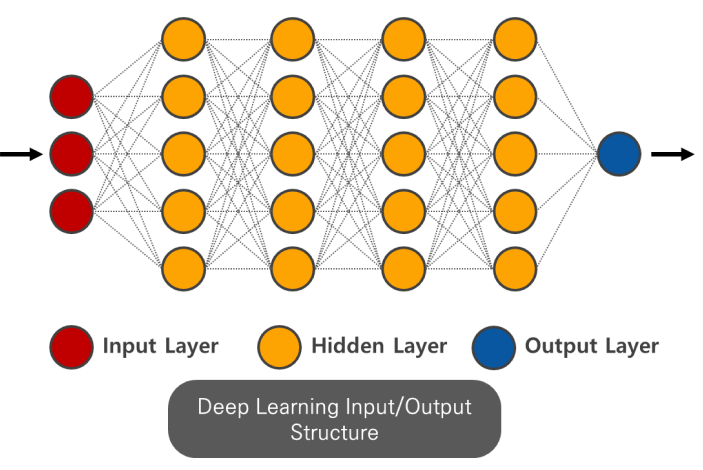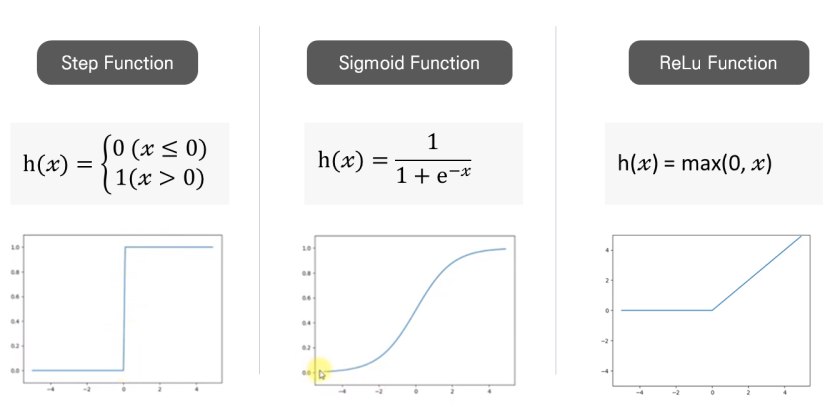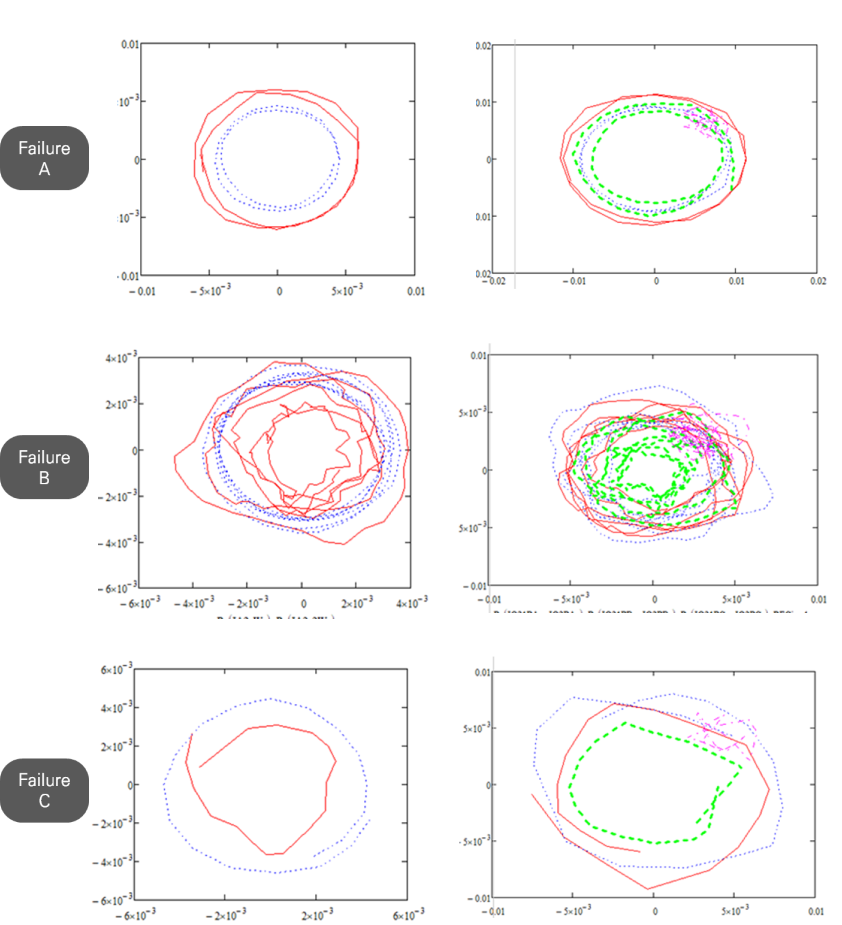
Development of AI (Deep Learning)-based transformer failure diagnosis device that enables fault detection inside the columnar transformer using AI (Deep Learning) for the first and second current waveforms of the columnar transformer. ①Current waveform detection to transformer primary and secondary, ②Real-time transformer current pattern image conversion, ③ It consists of failure pattern analysis/prediction through AI analysis and will be used for fault diagnosis/prediction of transformers at each HANJEON office. It is a diagnostic/prediction system that converts measured transformer primary and secondary data into real-time failure pattern algorithms and applies image processing technology in AI (Deep Learning) engines to analyze/predict transformer failure patterns to provide real-time transformer status information to users
Transformer Diagnostic Machine learning system

Electric current
value input through
transformer
protection panel
Electric current
pattern analysis
Machine Learning
Failure Pattern
Classification
Failure judgment
Machine Learning Input Data

Machine learning model



Target pattern

Holds about 32 failure patterns